Visit Warsaw: what are the best things to do and see in the capital of Poland?
Warsaw freed itself from the weight of Moscow which weighed on its shoulders and was able to rebuild to become one of the most requested tourist destinations in Europe today. The country as the city opened on the west and Warsaw is now a true lung of Poland's cultural life. With 1.7 million inhabitants, it is the largest city in the country and the 8th largest city in the European Union. Crossed, like Krakow, by the Vistula ( Wisła ), offering a wide choice of restaurants, musical shows and many tourist attractions, you are sure to spend an excellent time visiting Warsaw, no matter what season you will travel here. But what are the best things to do in Warsaw? What should we miss?
1. Monuments and architecture
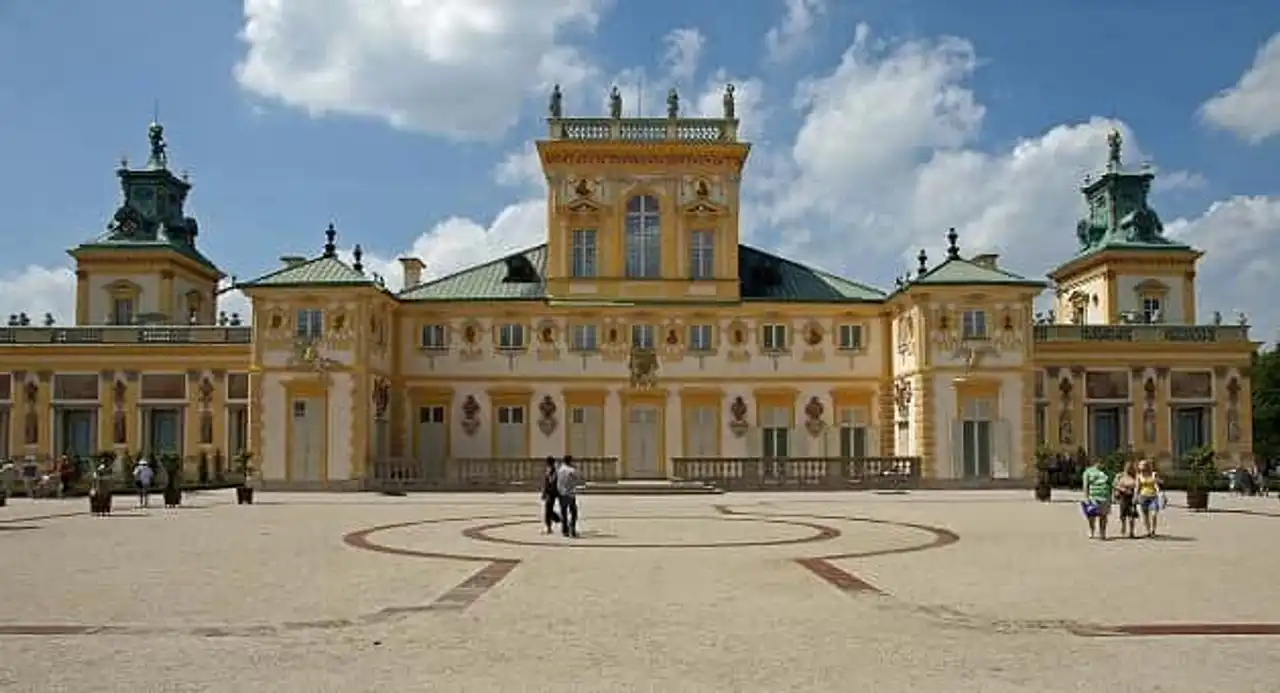
Photo credit: Wikimedia – Mrksmlk
It is on the architectural level that Warsaw has a profound transformation. The city which was deeply marked by the bombings during the 2nd World War reconstructed its walls and today a New City (New Town) Nowe Miasto ) co-exist with the old town. For example, you can see on the Place du Château the royal palace which is the old residence of the kings of Poland. The palace of Wilanów with its sublime gardens is not to be missed (its construction dates from the 18th century). Outside the city centre, the architecture of Warsaw remains predominated by the communist era and it is not uncommon to find large blocks of sad apartments with their grey color. It is also enough to admire the palace of culture with its bell tower which is the highest building in the whole city (high 237 meters).
2. The old town district (Stare Miasto)
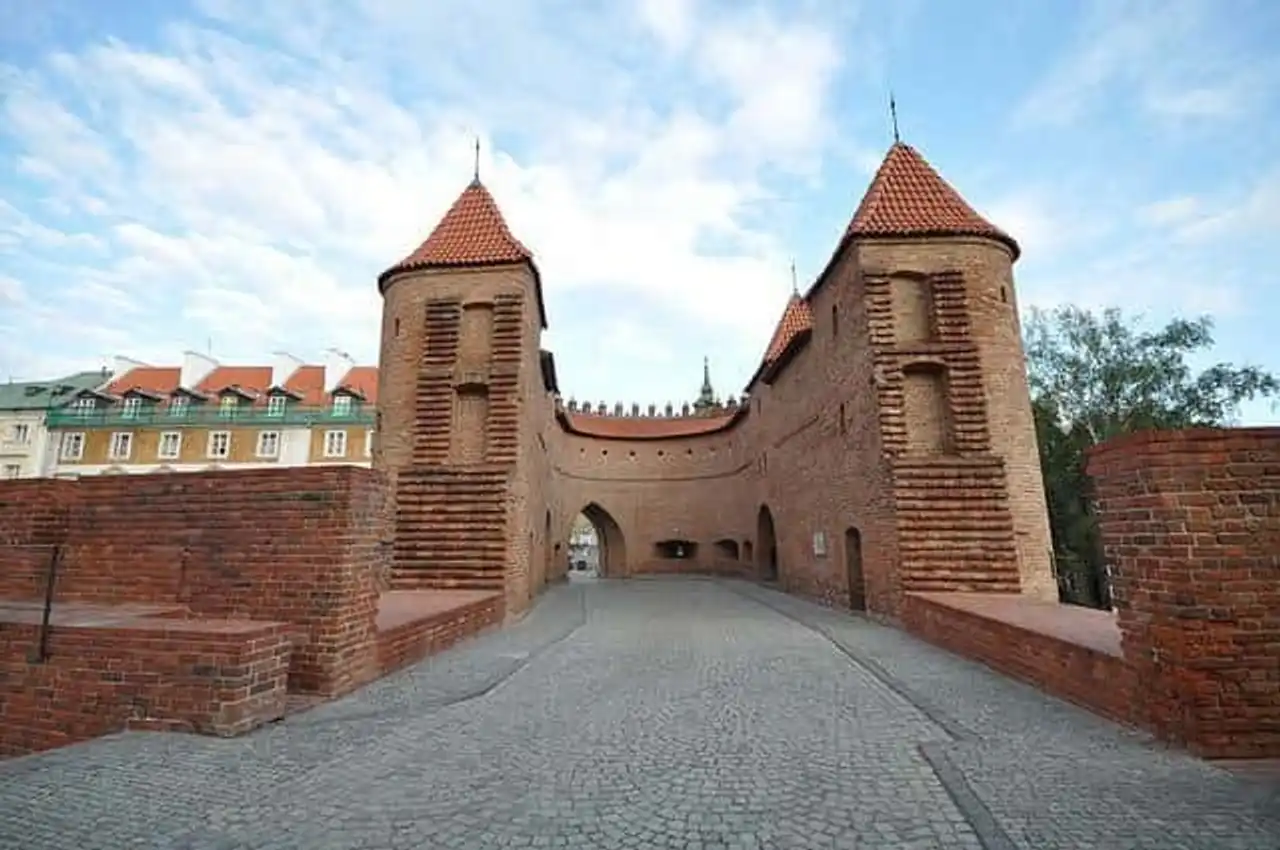
Photo credit: Flickr – Jorge Láscar
Probably the richest and most interesting neighborhood in the whole city. A lively place of life in the day, a little less in the evening because the legislation requires the establishments of this neighbourhood to close earlier. But walking around this neighborhood is a real journey in time: everything seems preserved of time and the city looks like what it could be in the past. The colors, the walls but also the ditch that surrounds the city, the echo of your steps on the paved road, the timid rays of sun that invite between the alleys, this neighborhood offers an old charm. Completely destroyed during the Warsaw Uprising in 1944, the old city was rebuilt to the same with the important national mobilization effort.
3. Central park (Parc Łazienki)
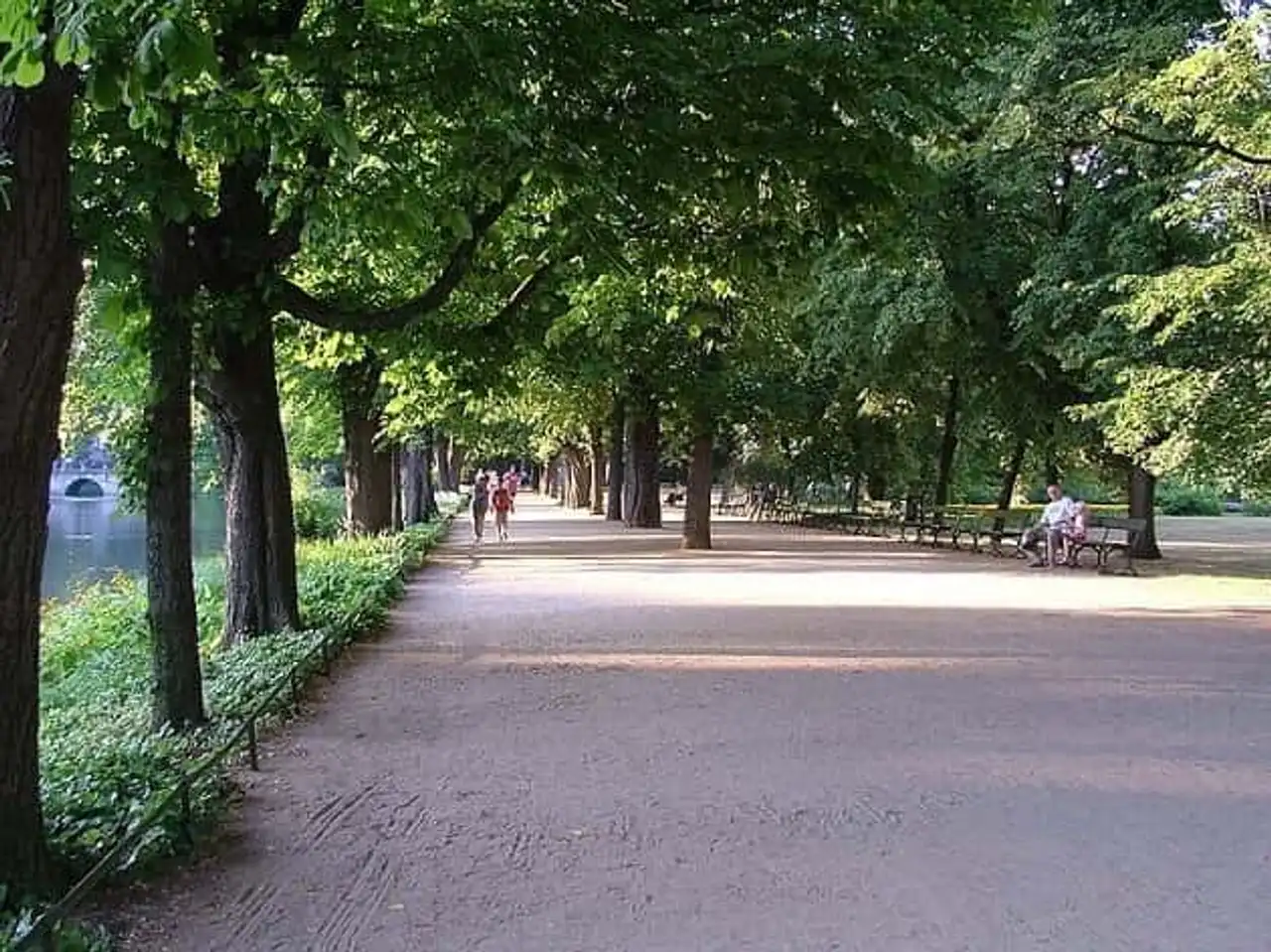
Photo credit: Wikimedia - Ala z Alina Zienowicz
Located near Stare Miasto (old city), this park is known as the “small Prague”: a vast park where you can relax a few blocks from a great traffic artery. Ideal to rest for a few hours, for lunch, to forget the tumult of urban life. Statues, monuments, fauna and flora enjoy your stroll.
4. The Royal Palace
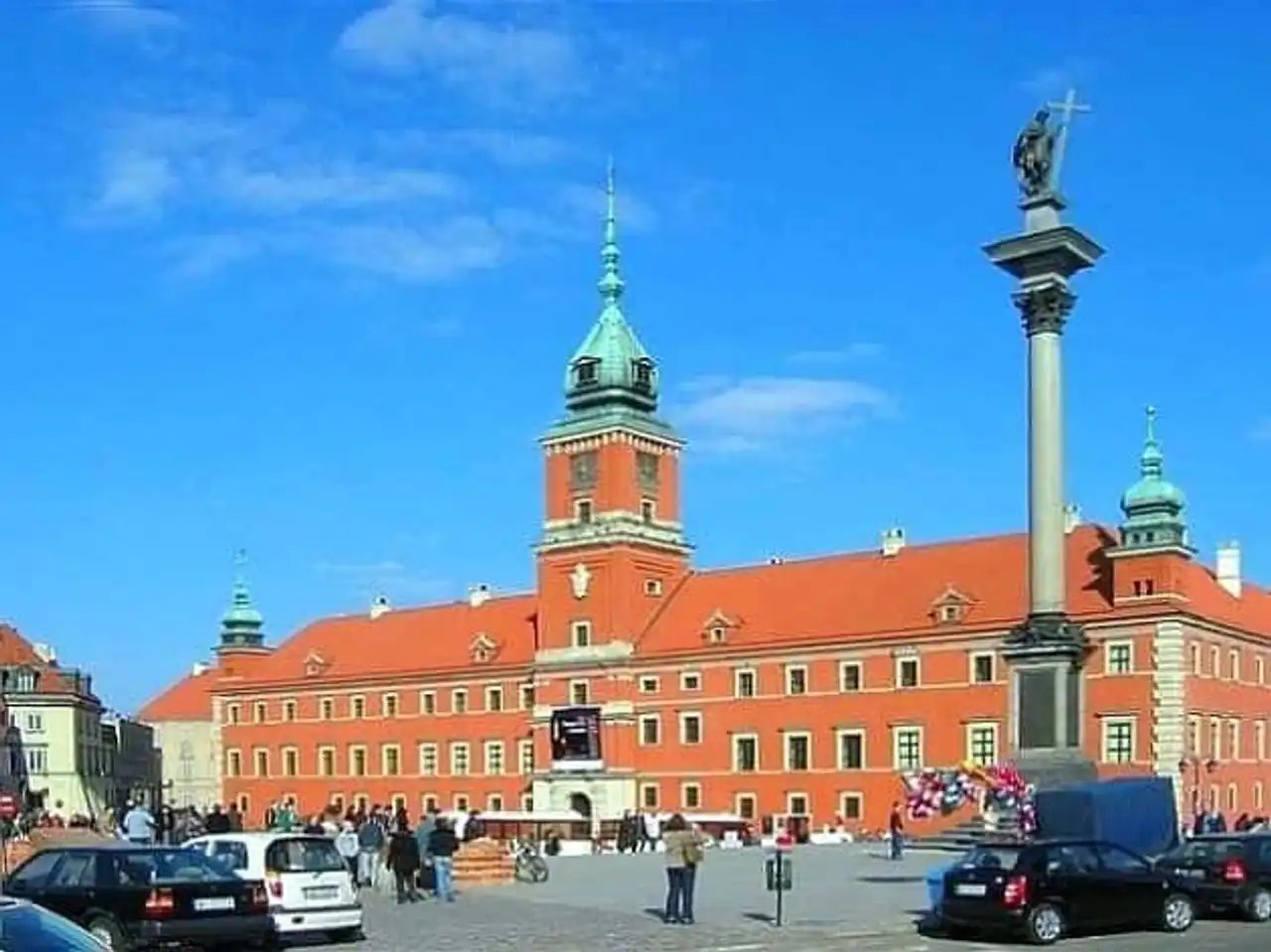
Photo credit: Wikimedia – Dhirad
As mentioned above, this royal palace was the former home of the kings of Poland. It was destroyed during World War II. It is located in the old city and even if the entrance is paid today, its interest is equally important.
5. Golden fall
It is not a place itself in Warsaw, but an epoch (the autumn) during which the city stands out with incredible shimmering colors: in fact, everything dyes yellow, be it the soil, benches, trees or roofs of the houses. With reddish tones, fuchsias or brown, the city dresses in a thousand colors that dazzle your eyes and enchant you.
6. Place of the market (Rynek)
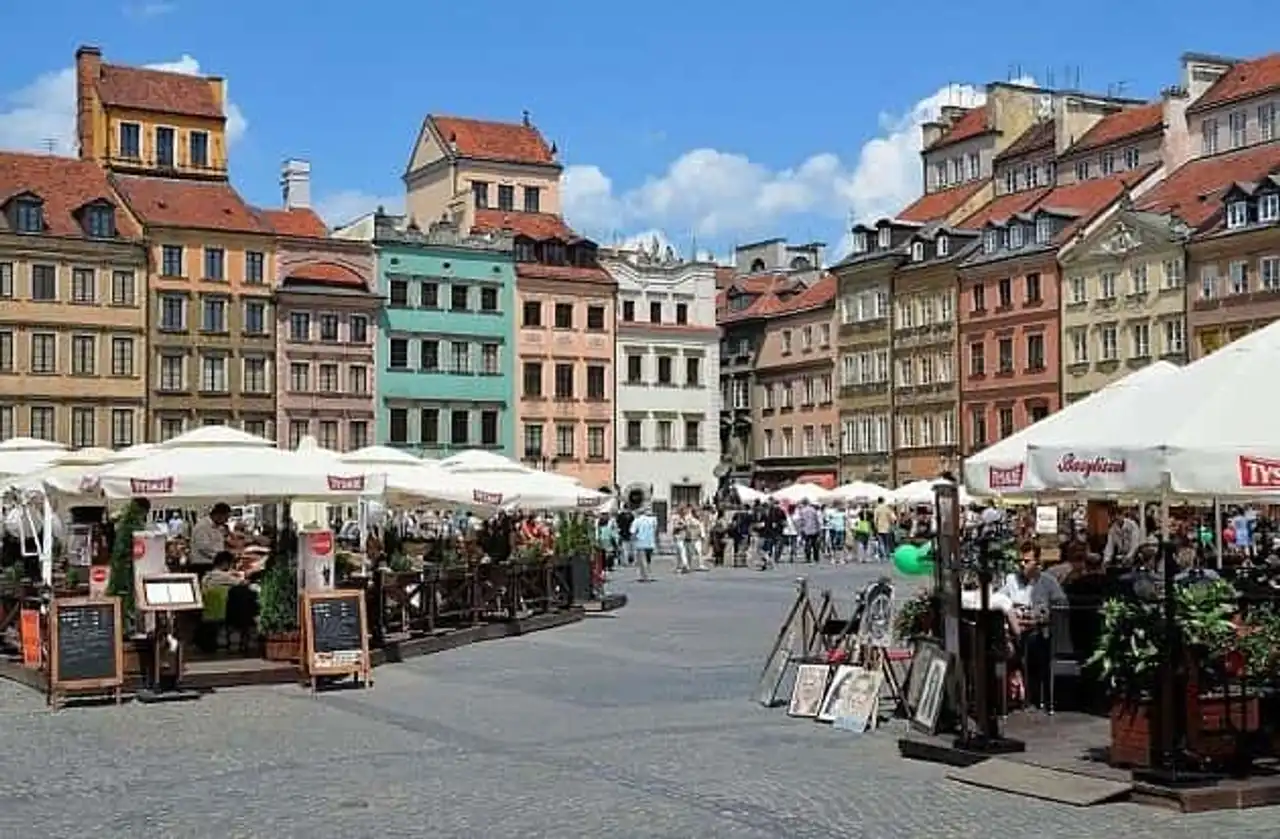
Photo credit: Wikimedia – Adrian Grycuk
A place that attracts more and more people, just to enjoy the sun on one of the small benches. A moment suspended in a unique place in the heart of the city.
7. The heart of Chopin
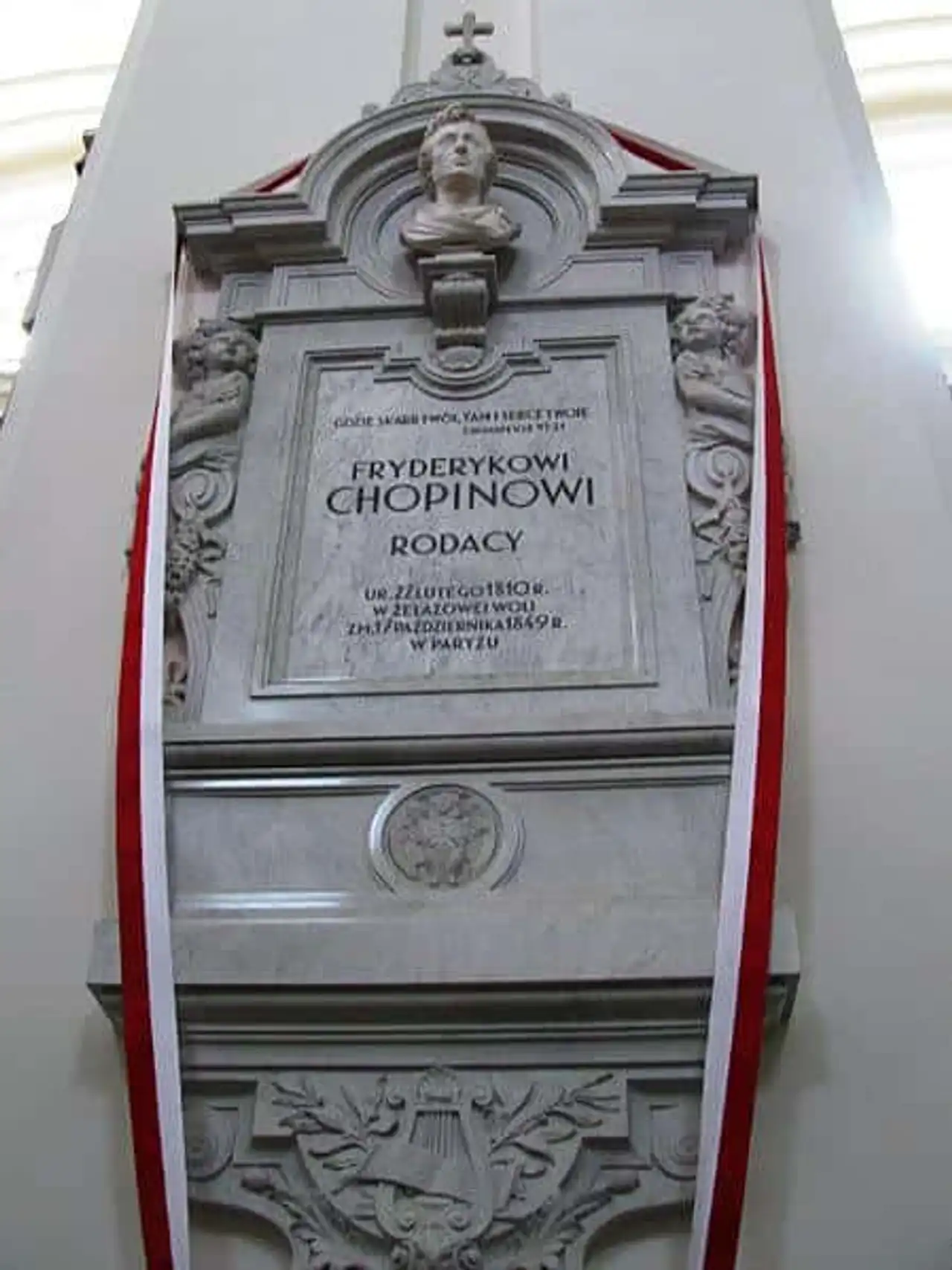
Photo credit: Wikimedia – Scotch Mist
The composer Chopin was born in 1810 near Warsaw but has always been a strong symbol for the inhabitants. Although he died in Paris and his funeral took place in the church of Sainte-Madeleine, he must know that his heart was brought back to his homeland in the church of Sainte-Croix, in the heart of the city. The fans of classical music and Chopin's unconditionals come every day to remember his memory in front of Chopin's heart.
8. Cemeteries
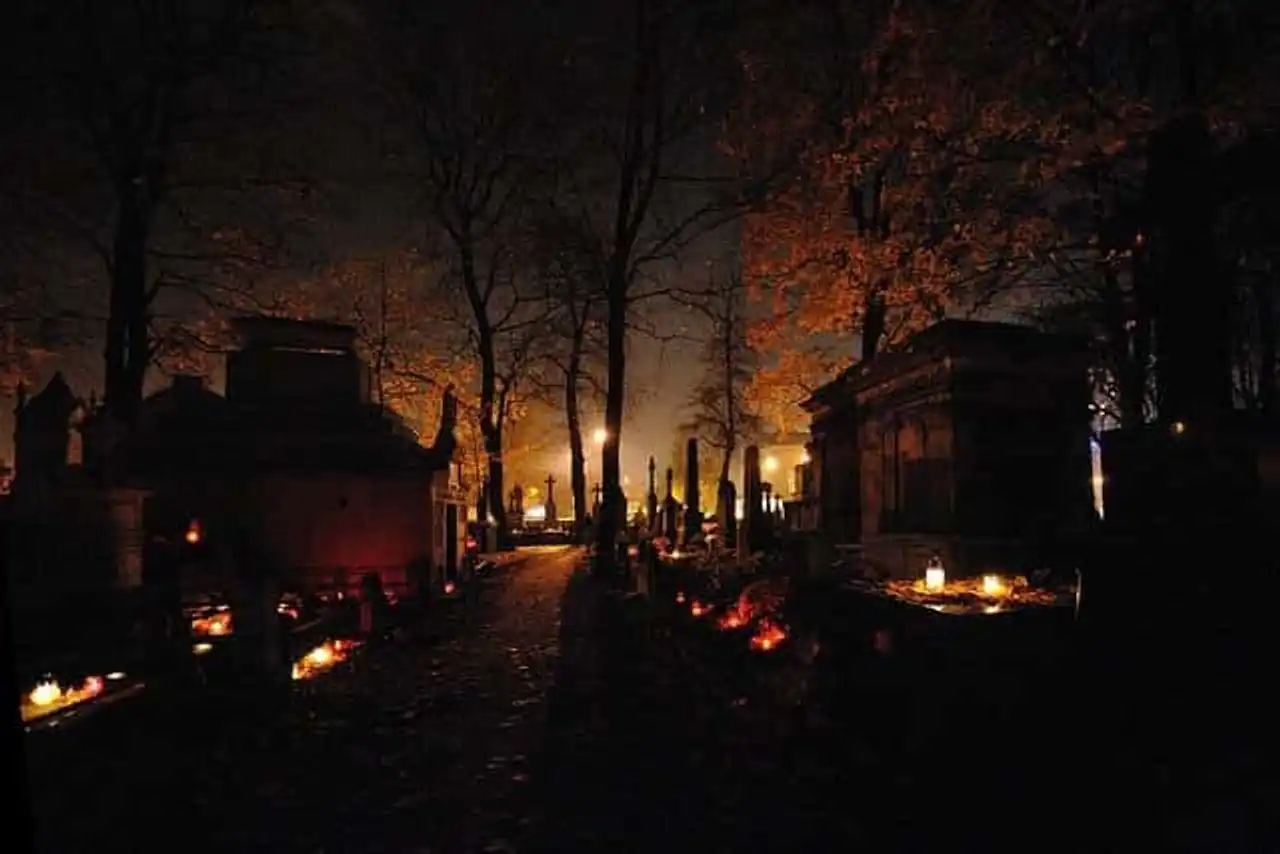
Photo credit: Flickr – Kuba Bożanowski
It is not a place that would come from the outset in mind to discover Warsaw, but it is important to know that cemeteries, especially during the All Saints' time, are very colourful. Unlike the French traditions where they are bloomed, the cemeteries of Warsaw are related to a thousand candles of various colours and shapes. Come in late afternoon or evening to enjoy a unique atmosphere. The Powązki Cemetery is the most famous, but you can also visit the Jewish cemetery.
9. Exhibition of the Holy Sacrament
The Poles are a very believing people and it is during Holy Week (at Easter) that this is particularly visible: all churches dress in colour to expose the Holy Sacrament. Each place of worship sets a different scene with Christ in the cross but also the glowing Christ, the pascal candle, etc. This whole atmosphere, whether we believe or not practicing, remains very impressive. The inhabitants of all the country come to Warsaw to live this extraordinary moment of communion.
10. Wojska Polskiego Museum (Polish Army Museum)
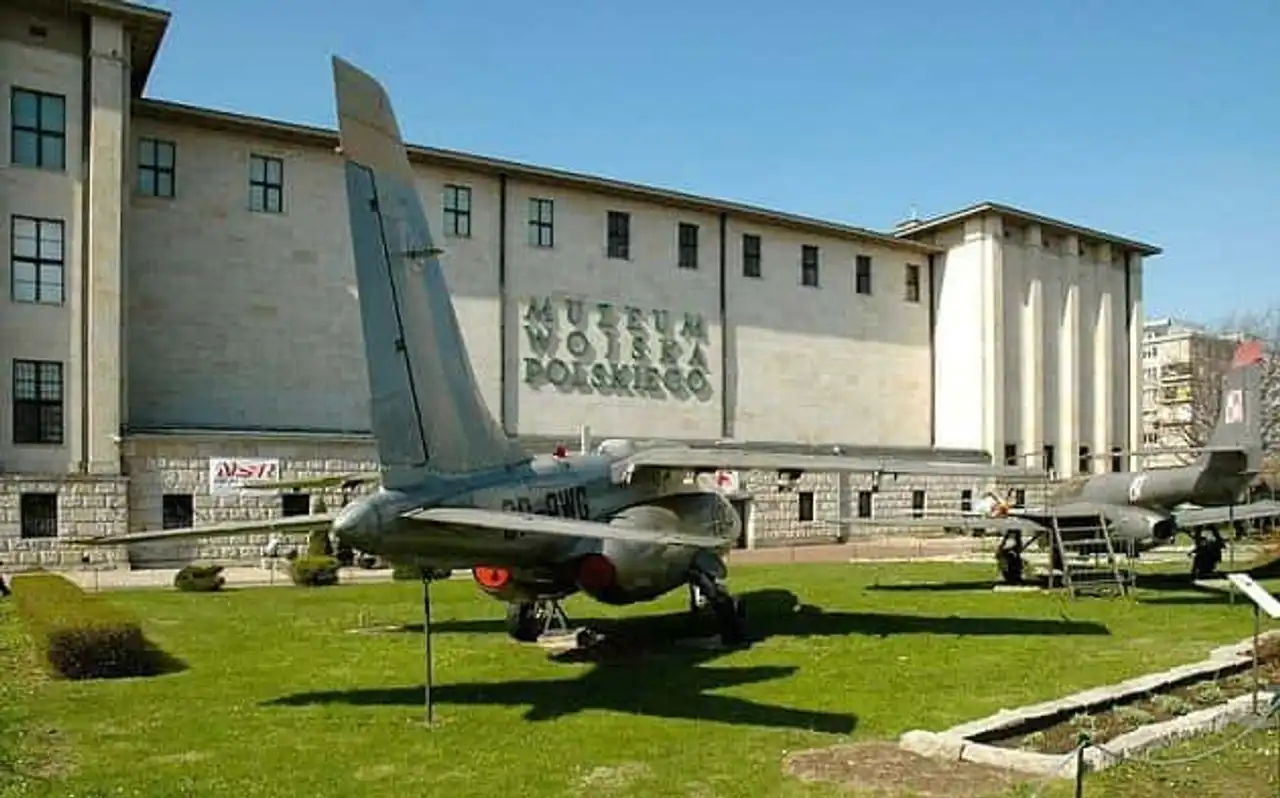
Photo credit: Wikimedia - VargaA
This museum is located next to the city centre: it is entirely dedicated to the war machines of the 2nd World War. A singular place that does not leave indifferent and that shows another reality of life at that time.
11. Warsaw Insurrection Museum
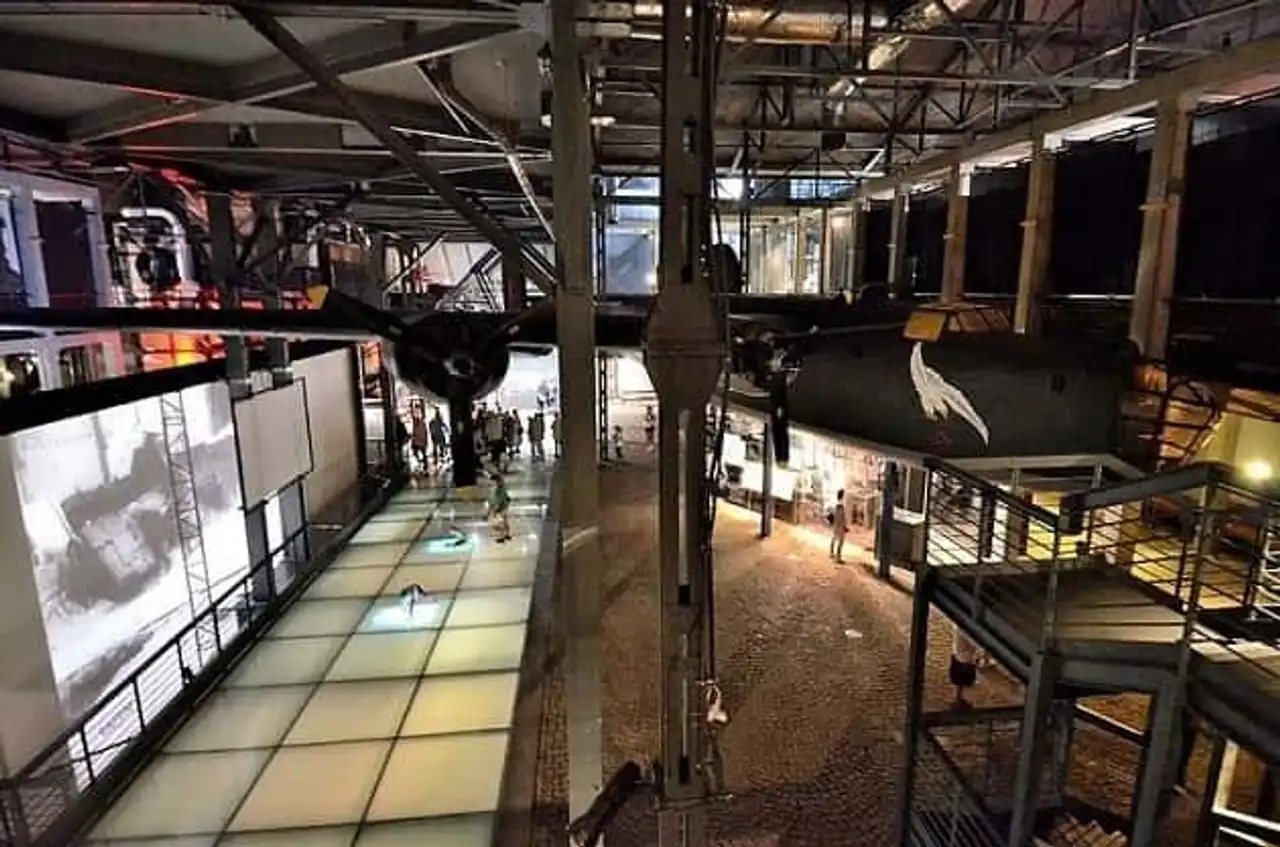
Photo credit: Wikimedia – Adrian Grycuk
This museum retraces much of Polish life during the 2nd World War. It is clearly shown the conflict between Poland under the influence of the Soviet empire and the German invasion. A very impressive museum that shows the harshness of life not so long ago. A duty of memory not to be missed.
12. The Fotoplastikon
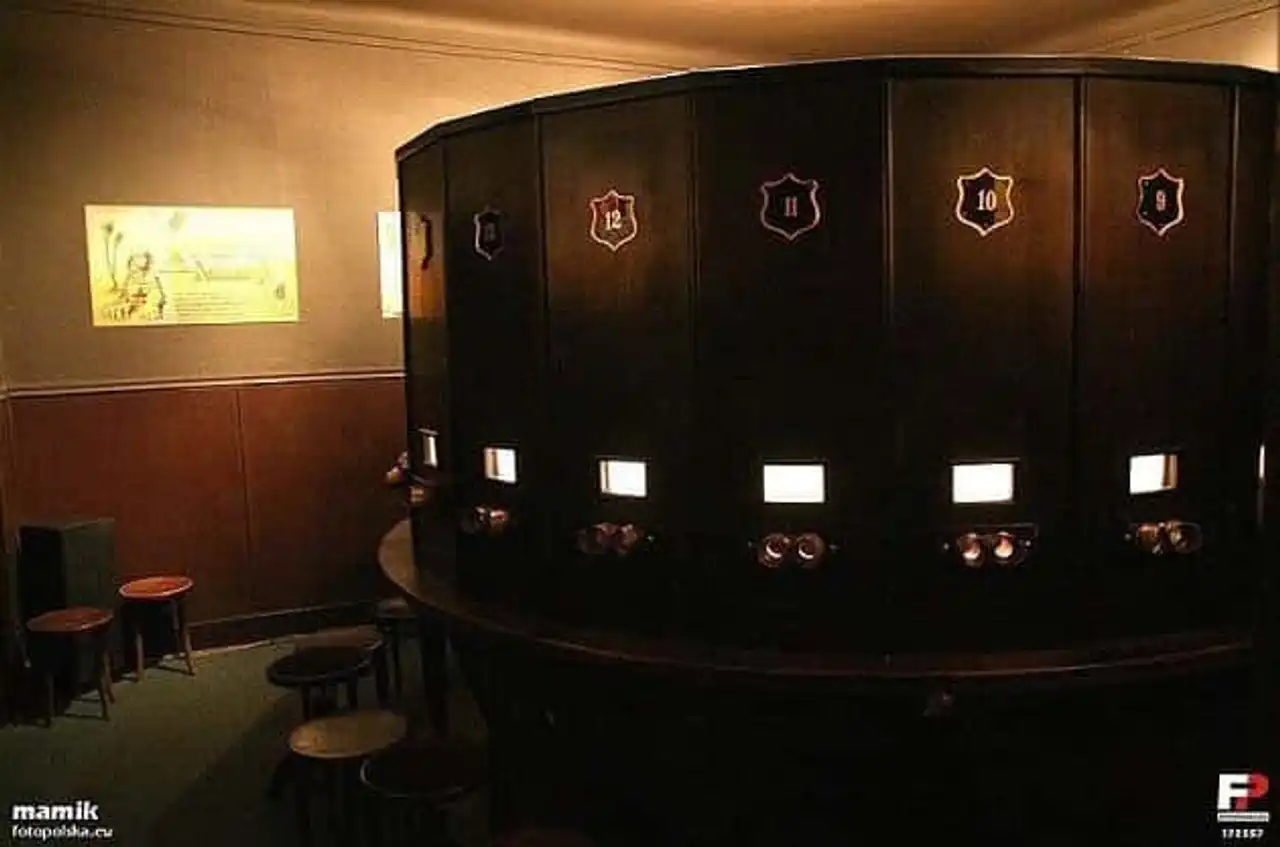
Photo credit: Wikimedia – mamik
This unusual place will attract both young and young: the possibility to view more than 3000 original photographs from Warsaw and 3D from the 2nd World War for striking realism. Portraits or scenes of life captured on the bright.
13. Other ideas of visits to Warsaw
But Warsaw is not only places of remembrance in connection with the war, it is also a historical museum to be discovered with 60 exhibition rooms, it is the Cathedral of Saint John which is a high religious place to discover. It’s also the neighbourhood Stare Miasto ideal for strolling in a small restaurant or the terrace of a café. To see also the monument to the ghetto heroes located near the place where in April 1943 the clashes between Jewish combatants and German soldiers began.
What about those who want to go shopping? Why not go directly to the largest shopping complex in the city, Zlote Tarasy ? And for art lovers, the contemporary art centre and the palace Zacheta (the National Gallery of Fine Arts) are places not to be missed to see the paintings of masters.
How to go to Warsaw?
Warsaw is very well served on direct flights, but only from Paris and Grenoble. Cheapest flights are mainly from the French capital with the Wizz Air, Air France, Germanwings, and Vueling Airlines. If you are ready to make a stopover, a wider choice of starting cities is offered to you: different companies offer flights to Warsaw from Toulouse, Nice, Lyon, Marseille, Lille, Rennes, etc. Do not hesitate to compare prices according to your dates of stay on Ulysses .
Where to sleep in Warsaw?
Warsaw is a city rich in old buildings. The advantage is that you will not have to ruin yourself to spend a night or two. There are youth hostels for the less fortunate and very affordable luxury hotels. Everyone will find footwear in front of the diversity of areas where to stay in Warsaw . To find a cheap hotel in Warsaw, search this Compare hotels .
Have you visited Warsaw?
Main photo credit: Pixabay – KHKarisch
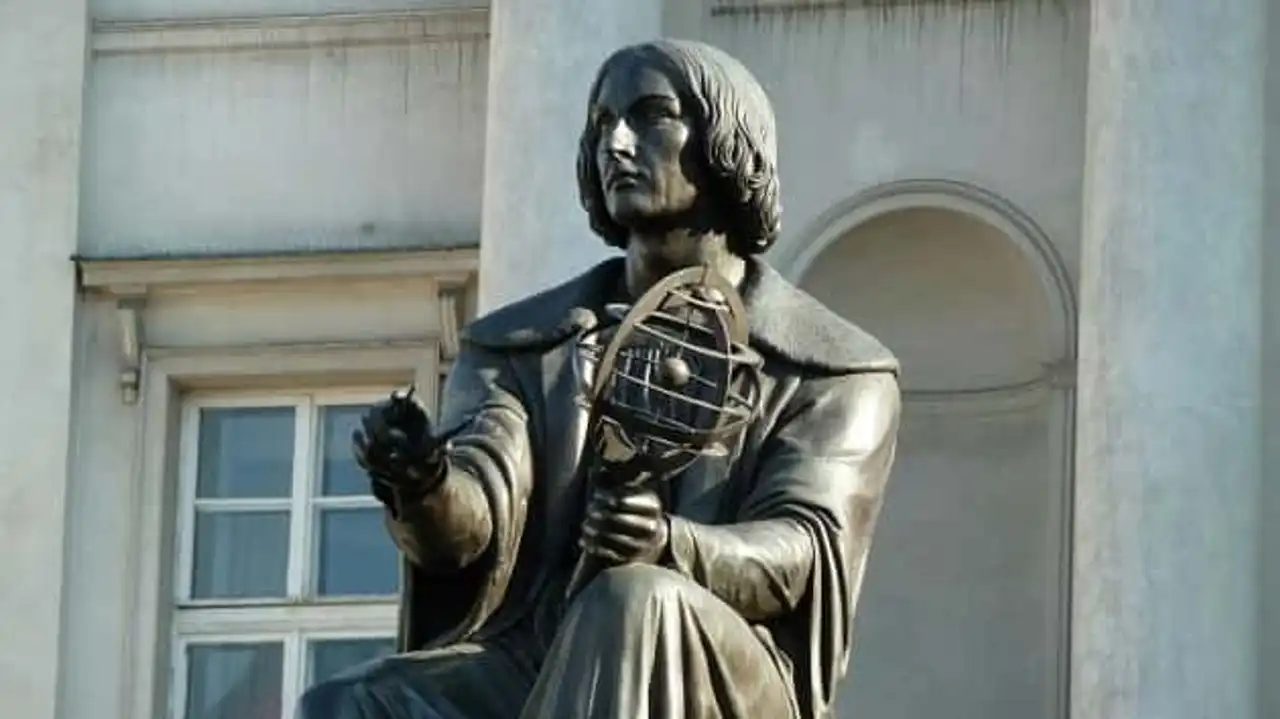




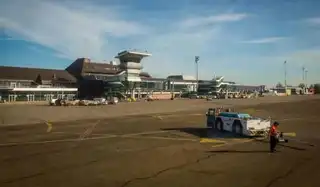
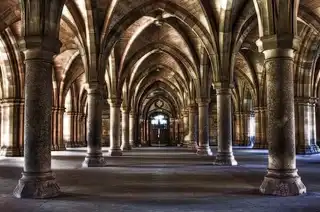
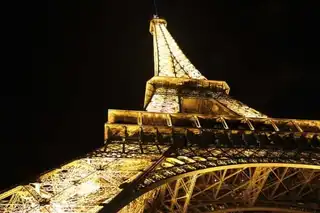
Loading comments ...